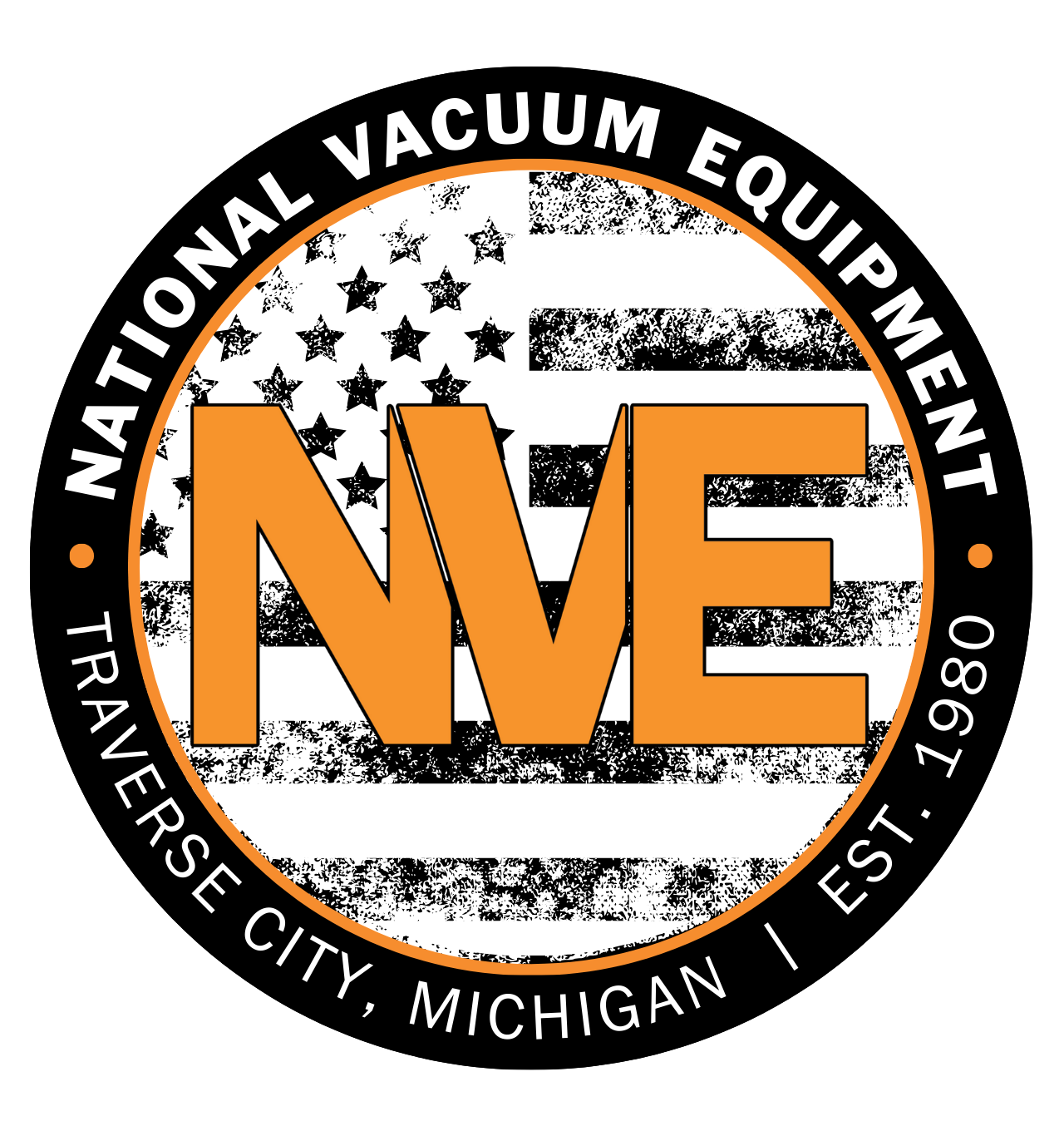
The Gamechangers, Part 5: New School Loyalties And Revitalized Properties
By Craig Manning | May 1, 2022
It may seem like the 1990s were just yesterday, but today marks 22 years and four months since any of us could really party like it was 1999. As we get further from the last decade of the 20th century, it comes into clearer focus which milestones had the most lingering impacts on the place we call home. Here are two of the big ones.
1997: The Traverse City Senior High divide
By the 1990s, Traverse City Senior High was one of the biggest high schools in the state. It was also bursting at the seams, with packed hallways and overcrowded classrooms. Between 1985 and 1993, enrollment numbers hovered between 2,850 and 3,100. In 1994, the school hit a record high of 3,215 students – a record it immediately broke the following year when enrollment swelled north of 3,300. For perspective, Traverse City Central High School – which continues to operate in the old Traverse City Senior High building – currently has approximately 1,400 students.
With school facilities at a breaking point, conversations at PTA meetings turned to the only logical solution: building a second high school. On June 12, 1995, the community approved a $54 million bond proposal, with $25 million of it earmarked for the construction of West Senior High.
The 1997-98 school year ended up being the split year, though it was hardly a clean break. The initial plan was for construction on the new school to finish in the summer 1997. Instead, significant delays forced Traverse City Area Public Schools (TCAPS) to push back the opening repeatedly.
Traverse City West Senior High officially opened its doors to students on Monday, January 26, 1998. Until that point in the year, West and Central students continued to share the Traverse City Senior High building – though they were split into different classrooms depending on their ultimate enrollment destinations.
By giving Traverse City its first true cross-town rivalry, the school split created a new dynamic in local culture that lingers to this day. The town had a new type of divide, symbolized by the road (Division Street) that marked the enrollment boundary. Students who lived east of Division went to Central; those west of the line went to West. Just like that, the town splintered into Trojans and Titans – the schools’ respective mascots – and the schools themselves were left to develop their own identities and strengths.
An old Facebook group, set up for alumni of the old Traverse City Senior High, noted that the split of the schools “created a very real division in our town,” with members yearning for “how integrated and tight-knit the community once was” when it had just one public high school.
Of course, school rivalries can also allow for fun and friendly competition, and Central and West have had their fair share of exciting clashes since going their separate ways. Particularly fascinating is the history of the Central-West football rivalry. Leading up to the school split, the Trojans had been a Michigan high school football powerhouse, with three state titles to their name. But most of the best football players headed west when the new school opened, leading to an 0-9 season for Central and some concern that the program might never recover.
The Titans routed the Trojans 42-6 in their inaugural fall 1997 meeting, and went on to clinch four matchups in a row before Central got its first win in 2001. After 10 years of the football rivalry, West held a dominant 8-2 lead. But the Trojans have since paid West back for those early years, winning eight of the last 10 incarnations of their Thirlby Field rivalry game – known today as the “Patriot Game.” Heading into the 2022 football season, the two teams have met 27 times and the wins are split 14-13 in favor of the Titans.
1997: Grand Traverse County establishes its Brownfield Redevelopment Authority
Part of the reason Traverse City was able to grow into northern Michigan’s biggest population cluster was its status throughout the 20th century as an industrial hub. While the city had been built on a lumber boom, it moved into food processing, manufacturing, shipping, and other industries as the years stretched on. Unfortunately, those industries also meant that, by the 1990s, Traverse City was a town haunted by the specters of its past. Many of the factories, canneries, and depots that had once been the heart of the area’s thriving industrial economy had long since closed their doors, and many of the dormant sites where those relics stood were contaminated from years of poor environmental practices.
Today, the vast majority of those decrepit sites have been cleaned up, redeveloped, and revitalized, and that’s all thanks to a push in the mid-1990s to bring brownfield redevelopment dollars to Traverse City.
The United States Environmental Protection Agency (EPA) began looking at brownfields in 1992, defining the term “brownfield” as a property where “expansion, redevelopment, or reuse…may be complicated by the presence or potential presence of a hazardous substance, pollutant, or contaminant.” Grand Traverse County was home to many brownfield properties by the end of the 20th century. Per an EPA report from 2010, the state of Michigan had identified “124 hazardous substance sites and 137 petroleum sites” throughout the county.
In 1995, Bryan Crough, then the head of the Traverse City Downtown Development Authority, worked with the Chamber of Commerce to host a seminar on brownfield redevelopment at the City Opera House. There, he explained to local stakeholders what a brownfield redevelopment program could do for the downtown area.
One key site that Crough identified as a potential brownfield was the former home of Traverse City Iron Works, an iron casting manufacturer that had ceased operations in 1984. By the mid-90s, the vestiges of Iron Works still occupied a prime seven-acre piece of real estate along the Boardman River (pictured, bottom left), and while there had been talks about reutilizing the property, a 1992 assessment by the county showed that it was contaminated with lead, arsenic, cadmium, and other toxic materials.
As the concept of brownfield development took root throughout the early 1990s, the idea of cleaning up and reusing the Iron Works site shifted from a prohibitively expensive impossibility to a genuine prospect. Traverse City developer Tim Burden – today the president of Midtown Development – helped by coming forward with a vision to repurpose the site as a five-story mixed-use development called River’s Edge.
In 1997, Grand Traverse County officially established its Brownfield Redevelopment Authority. Its first act was writing a brownfield plan for the Iron Works site. The county ultimately won $1.5 million in state brownfield grants for the project, plus another $3.5 million in tax incentives. Still, the complexity of cleaning up and developing the site, combined with a stock market downturn and an interest rate hike, led to financial problems for the project. To resolve the issue, the developer ended up selling some of the site land to a third party. The buyer? A growing specialty insurance provider called Hagerty Insurance.
According to state data, the brownfield redevelopment of the River’s Edge site ultimately increased the value of the property from $434,600 to over $20 million. The development today (pictured, bottom right) is home not only to Hagerty, but also Firefly restaurant, dozens of residential units, and more. River’s Edge also kicked off a flurry of brownfield projects in Traverse City, which paved the way for developments like Harbor View Centre, 101 North Park, Radio Centre, and The Village at Grand Traverse Commons.
CORRECTION: A previous version of this article incorrectly stated that financial problems on the River's Edge project caused the developer to go bankrupt. According to Developer Timothy Burden, his company ultimately "worked out the financial issues with the bank, then went on and developed Midtown."
Comment






